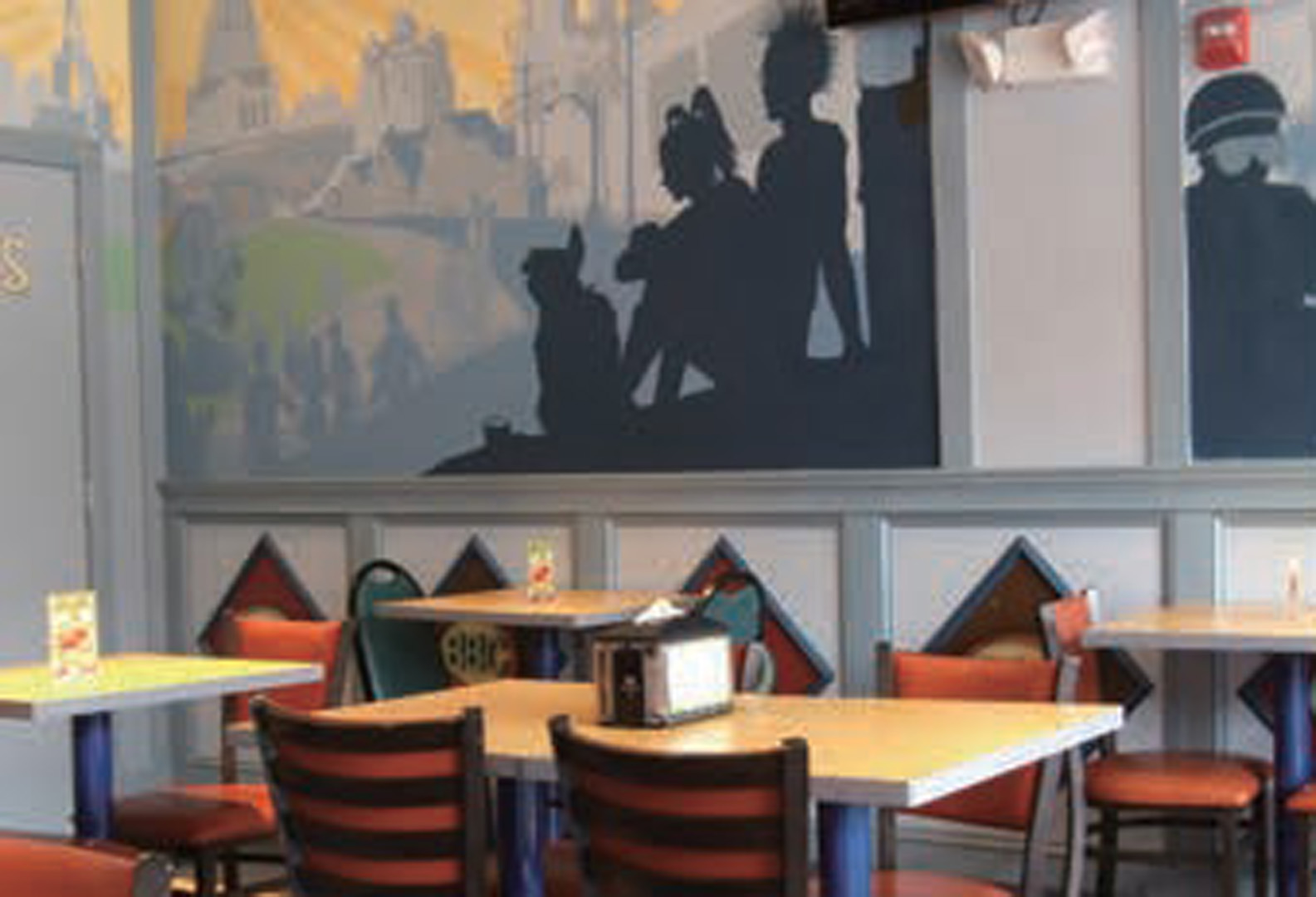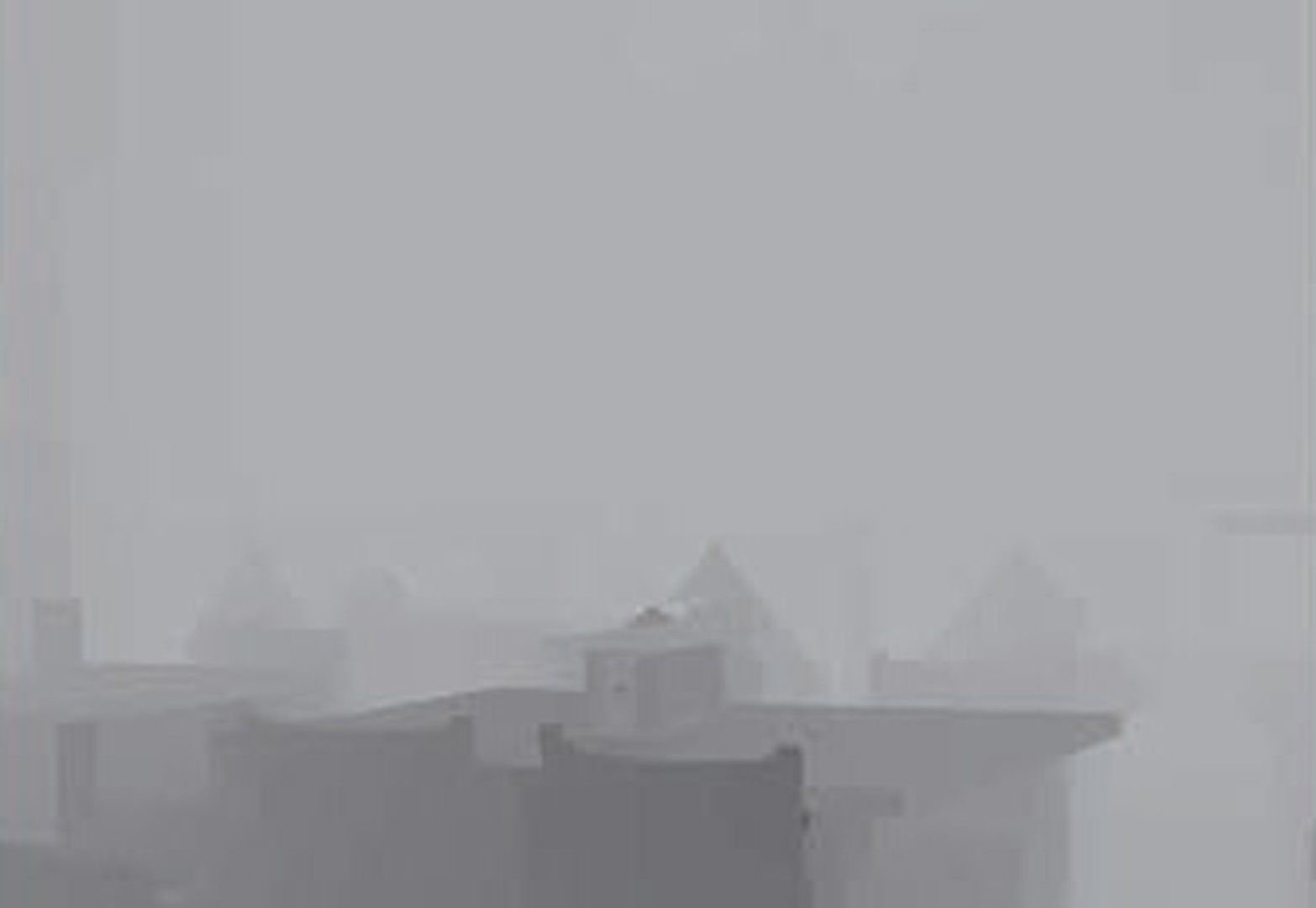“Refocusing Images Captured from a Stereoscopic Camera” by Ku, Wang, Chang, Chu and Yao
Conference:
Type(s):
Title:
- Refocusing Images Captured from a Stereoscopic Camera
Presenter(s)/Author(s):
Entry Number: 90
Abstract:
Traditional photography projects a 3D scene to a 2D image without recording the depth of each local region, which prevents users from changing the focus plane of a photograph once it has been taken. To tackle this problem, Ng et al. [2005] presented light-field cameras that record all focus planes of a scene and synthesized the refocused image using ray tracing. Nevertheless, the captured photographs are of low resolution because the image sensor is divided into sub-cells. Levin et al. [2007] embedded a coded aperture on the camera lens and recover depth information from blur patterns in a single image. However, the coded aperture blocks around 50% of light. Their system requires longer exposition time when taking pictures. Liang et al. [2008] also embedded a coded aperture on the camera lens to capture the scene but with multiple exposures. It produces high quality depth maps yet is not suitable to hand-held devices. Recently, Microsoft Kinect directly estimates the depth information using infrared light, which works only in a indoor environment.
References:
1. Hirschmuller, H. 2008. Stereo processing by semiglobal matching and mutual information. IEEE Trans. Pattern Anal. and Mach. Intell. 30, 2, 328–341. Google ScholarDigital Library
2. Levin, A., Fergus, R., Durand, F., and Freeman, W. T. 2007. Image and depth from a conventional camera with a coded aperture. ACM Trans. Graph. 26, 3, 328–341. Google ScholarDigital Library
3. Liang, C.-K., Lin, T.-H., Wong, B.-Y., Liu, C., and Chen, H. 2008. Programmable aperture photography: Multiplexed light field acquisition. ACM Transactions on Graphics 27, 3, 55:1–55:10. Google ScholarDigital Library
4. Ng, R., Levoy, M., Bredif, M., Duval, G., Horowitz, M., and Hanrahan, P. 2005. Light field photography with a handheld plenoptic camera. Stanford University Computer Science Tech Report CSTR 2005-02.







